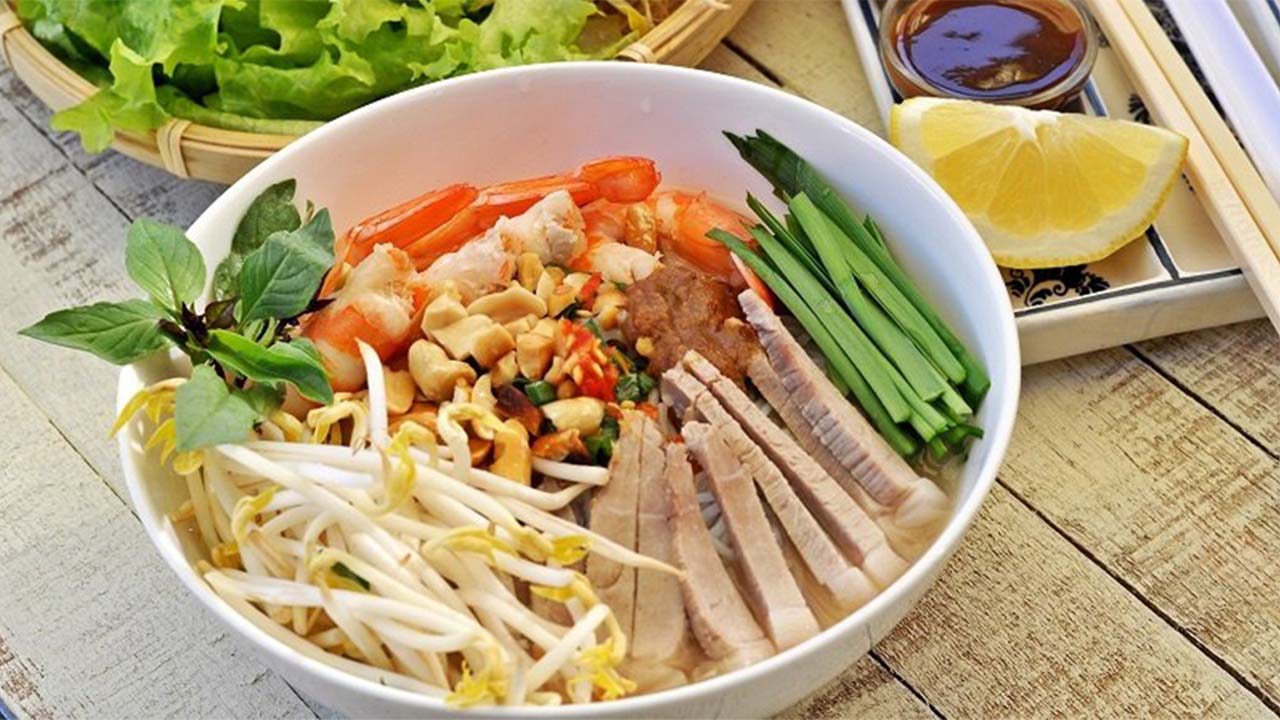
Source: Collected internet.
The North and North Central regions have a humid subtropical climate with 4 seasons: Spring, Summer, Autumn, and Winter. The Central and South Central regions have a tropical monsoon climate, the extreme South Central and Southern regions have tropical savanna characteristics. At the same time, it is directly influenced by the trade monsoon climate, which often blows in low latitudes. The South often has a tropical savanna climate, hot and humid with two seasons: dry season and rainy season (from April-May to October-November). Every year, the cold and humid winter typical of the North contrasts with the warm atmosphere of Tet and spring in the South.
The cultural identity of ethnic groups is clearly expressed in community life and in economic activities from customs, costumes to culinary styles. Below are the unique features of Vietnamese culture that you can learn about.
According to the ups and downs of the nation's history, Vietnamese customs and practices are constantly being innovated according to social trends. One of the oldest and most influential customs in history is the custom of chewing betel. This is a custom that dates back to the Hung King period and originates from the legend of Trau Areca and this custom has become a typical image of the brotherhood and love between husband and wife of Vietnamese people. Not only the custom of chewing betel, Vietnam also has another custom that was born in ancient times, which is the custom of welcoming the new year, also known as Tet - traditional Tet.
Cuisine is the term for the method of preparing food, the principle of mixing spices and the general eating habits of all Vietnamese people in Vietnam. Although there are more or less differences, Vietnamese cuisine still has the most general meaning to refer to all dishes that are popular in ethnic minority communities but are relatively popular in the ethnic community. Vietnamese...